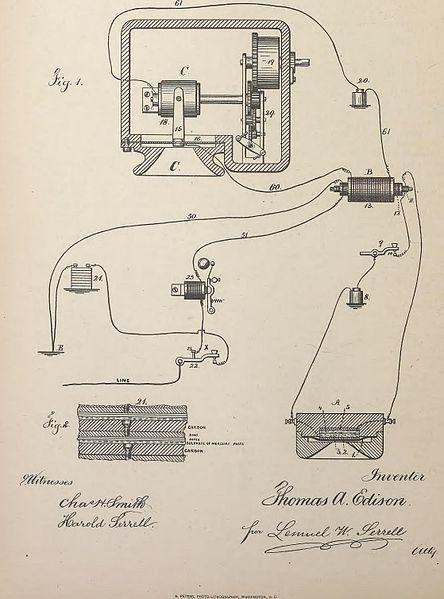
Is the person responsible for creating an invention the owner of the patent when filed? The answer can be complex. Consider the Seanix Case, Mr. Justice MacDonald concluded that the employer of the individual responsible for the creation was deemed to be the owner of the invention and should be awarded the patent. Although the invention was created by the employee, the ownership was awarded to the employer. How did this happen? When it comes to matters of ownership of patent rights, the Patent Act in Canada is unclear on the matter and leaves it to common law to be the deciding factor. Let us explore certain critical factors that may be used in identifying who the owner of the patent is - the employer or employee.
Did the Employee Invent on a Personal Level?
This is the standard scenario, where the invention is the brainchild of an employee and the invention has nothing to do with the employee’s duty at their workplace. This is a fairly straightforward case where the patent is generally awarded to the employee or the inventor who is responsible for bringing the invention to fruition. There should ideally be no dispute arising in a case like this. However, if a dispute does arise, patent lawyers can help you resolve your concerns.
Did the Employee have a Contractual Duty to Invent?
In the Seanix Case, the patent was awarded to the employer and not the employee because the employee had a contractual duty to invent the patent. The employee was responsible for, "PC case and chassis design (plastic, sheet metals etc.)", and "implementation for various new products and mechanical analysis, design recommendations, (and) improvements relating to existing and new products."
Considering these facts, it was evident that the employee was obligated to make improvements in design relating to new or existing products. Thus, when the employee is hired to create an invention, the rights to the invention and resulting patent are owned by the employer. If you are a prospective inventor currently in employment, approach a competent patent lawyer to determine the specifics of your employment terms to avoid any issues regarding patent ownership in the future.
Did the Specifics Remain Unclear?
Let us consider the Comstock Case, where the specifics remained unclear. Without the knowledge of his superiors, the inventor, Mr. Hyde, used the company premises and materials to invent a light fixture system. While Mr. Hyde consulted with other employees to develop the system, he wasn’t tasked with the job. Under such circumstances, the court doesn’t stick to a general principle, instead the court considered various other factors, including:
- Was the employee hired to invent?
- Did the employee have any incentive to develop the product?
- Did the employee inform the company of his plans to jointly develop the invention or develop the invention independently using company resources? Etc.
While Mr. Hyde used the company resources, he was awarded the patent purely on the basis that he wasn’t asked to develop the invention in the first place. Typically, unless you sign an agreement assigning invention rights or are hired specifically to invent, you own the invention regardless of whether or not you used the company resources.
There are particularly grey cases where judgments aren’t purely based on known principles. It is for this reason that a prospective inventor should consult patent lawyers.





